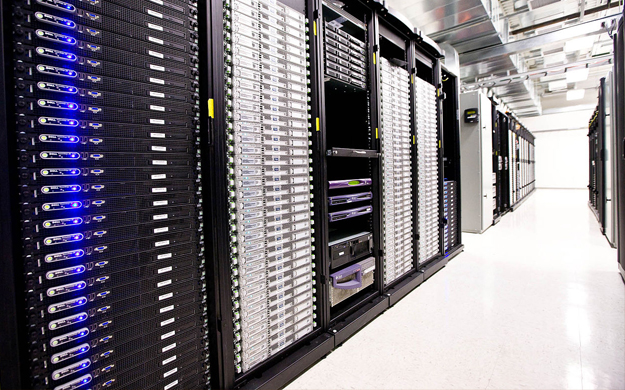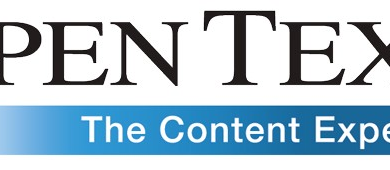Finding Innovation in the Modern Data Center
The modern data center is going through a period of transition. Traditional data center infrastructures are increasingly giving way to disruptive and innovative technologies such as cloud computing and hyperconvergence. Business demands and IT challenges are forcing executives to take a longer look at investments that will accelerate innovation, provide a competitive advantage, and achieve a faster return on investment. It seems a turning point is coming, where incumbent infrastructures may no longer be able to compete with the up-and-coming data center technologies as today’s executives want a data center that can minimize business risk, reduce capital expenditure (CAPEX) and operating expenses (OPEX), enhance operational efficiencies, and be flexible and agile enough to support current and future business needs.
At the center of this slowing innovation in the data center is the storage area network (SAN). This technology was a game-changer when it arrived in data centers in the early 2000s, before the age of server virtualization. It moved storage resources off of individual servers into a shared pool of resources. The IT storage team could then provision storage to their chosen server and improve storage utilization.
However, this storage technology is starting to show its age, and is also becoming a financial burden. One particular downside of SAN is that it uses both CAPEX and OPEX budgets—first in the large up-front purchase, then in the maintenance required to keep it running efficiently. It also requires a lot of hands-on work from IT, with dedicated specialists who understand its complexities.
As SAN has aged, so have other parts of the data center. Purpose-built appliances for data protection, deduplication, storage caching, etc., which used to be at the forefront of innovation are now slowing businesses down. Companies are looking for new, forward-thinking technologies which simplify the data center and streamline IT and business operations. Hyperconvergence is one such technology. Hyperconverged infrastructure can be purchased and scaled out incrementally, and is based on readily available x86 server architecture. The resulting savings can be put to good use on any of the many interesting, innovative, and business-focused data center technologies that have emerged in the market.
IT teams need to reduce both CAPEX and OPEX in the data center, and they’re looking for ways to do that. Cloud computing has gotten a lot of attention, but it’s likely not the end-all solution for modern data centers. The cloud model, though, offers some clues about the way forward for IT teams. It’s extremely scalable and is also cost-effective. It allows for agility and elasticity, allowing IT teams to test out new ideas quickly, without having to break the bank.
The downsides of cloud are the loss of control over data, and the difficulty in securing and tracking all the cloud server instances that are so easy to create. This is an area where hyperconverged vendors, such as SimpliVity, believe they have an advantage. Hyperconvergence combines eight to 12 formerly disparate data center appliances like compute, storage, WAN optimization, and data protection, among others, and packages them together into a single, simple, easy-to-manage solution.
Hyperconvergence enables IT to deliver lower CAPEX and cloud economics and scale while maintaining the security and control of the traditional data center. It is also cost-comparable to public cloud vendors. In fact, a recent independent study by The Evaluator Group found that businesses could save 22 percent to 49 percent when using SimpliVity over Amazon Web Services on a per-virtual-machine pricing model, especially when scale is increased.
Business leaders seem to be taking to hyperconvergence as it generates efficiency benefits without disrupting operations, and allows IT to spend its time wisely – ultimately saving money for the organization. There’s no rip and replace required, either.
This is a time of major change for IT, and choosing the right technology path can bring great benefits to the business side of the house. As external storage becomes obsolete, people and technology are stepping up to replace it. Both IT and business leaders are looking to move their IT infrastructures forward. We will have to wait and see what’s in store for the future of the data center.



